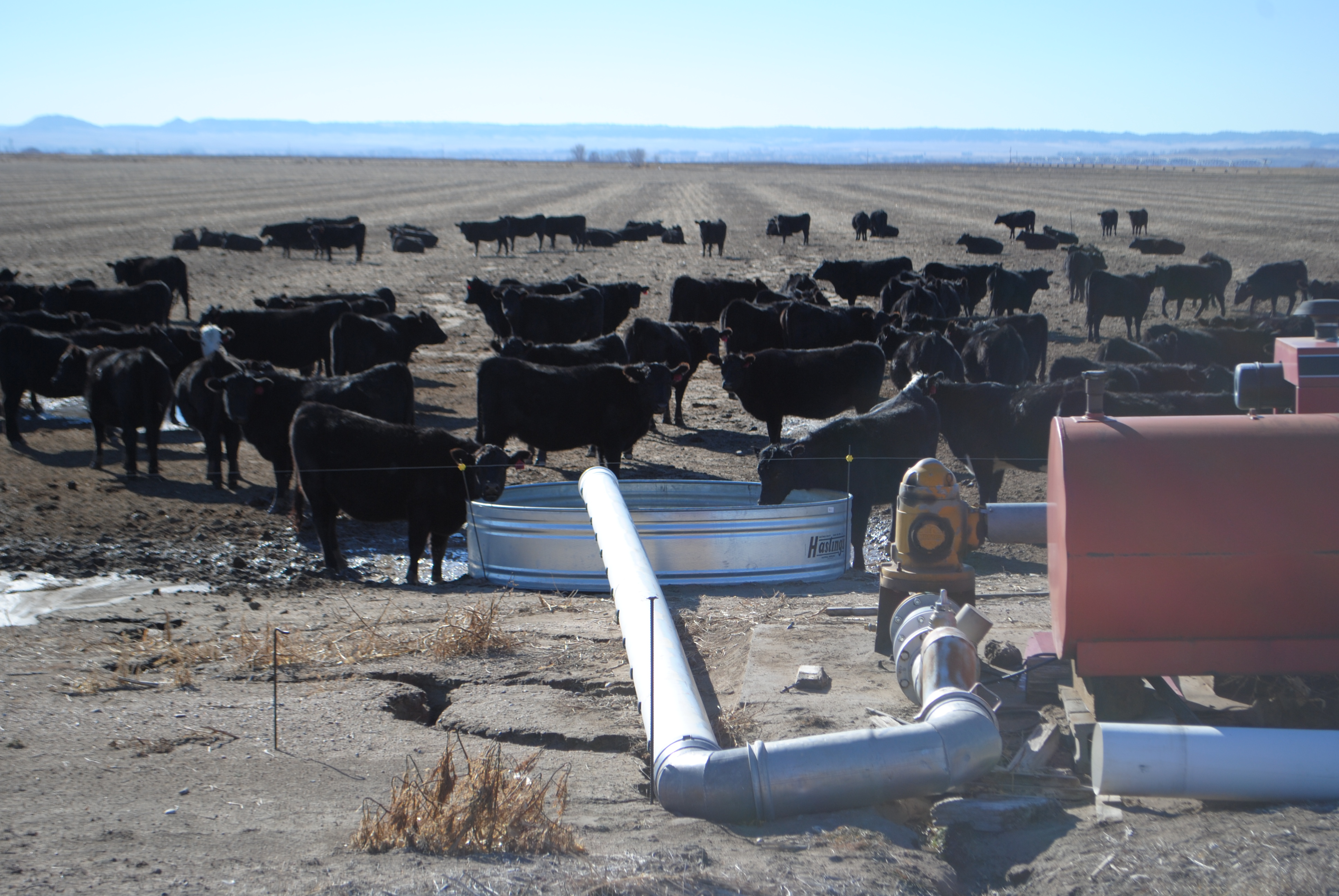Watering

We All Hold the Key to Clean Water
Lawn & Garden Best Management Practices
Watering
Healthy lawns need sunlight, water, and nourishment. Sunlight is often beyond our control, but homeowners can effectively manage water and nourishment. Here are some suggestions for watering lawns to protect water quality:
- Water only when it’s needed. Frequent watering encourages shallow root growth, leaving the lawn vulnerable to hot, dry periods. A lawn needs watering if you leave a trail of footprints when you walk on it. If not, wait a day.
- Let your grass grow longer. Longer grass requires less water. Allowing turf to grow to a height of 21/2 to 3 inches shields grassroots from the heat of the midday sun and prevents evaporation.
- Water before 9 a.m. or after 6 p.m. When a lawn is watered under the hot midday sun, up to 30 percent of the water is lost to evaporation. Watering in the early morning allows leaves to dry and prevents fungus growth. Avoid watering on windy days, too.
- Lawns need about 1 to 1.5 inches of water each week from either the sprinkler or rainfall. The typical lawn can handle only 1/3 to ½ of an inch per hour before becoming saturated. Whether using an automatic or manual sprinkler system, be sure that water is applied uniformly. To find out how long it takes your system to deposit an inch of water, and see if it is uniform, place a rain gauge, jar, or pan near the middle of the sprinkling area.
Additional Information
Contact the Cooperative Extension or your local lawn and garden center for more details and information.
Online Resources
- Evaluating Your Landscape Irrigation System (Extension NebGuide)
- Conserving Water in the Landscape (Extension NebGuide)
- Kentucky Bluegrass Lawn Calendar (Extension NebGuide)
- University of Nebraska IANR Extension Publications on Horticulture
More Lawn & Garden Best Management Practices